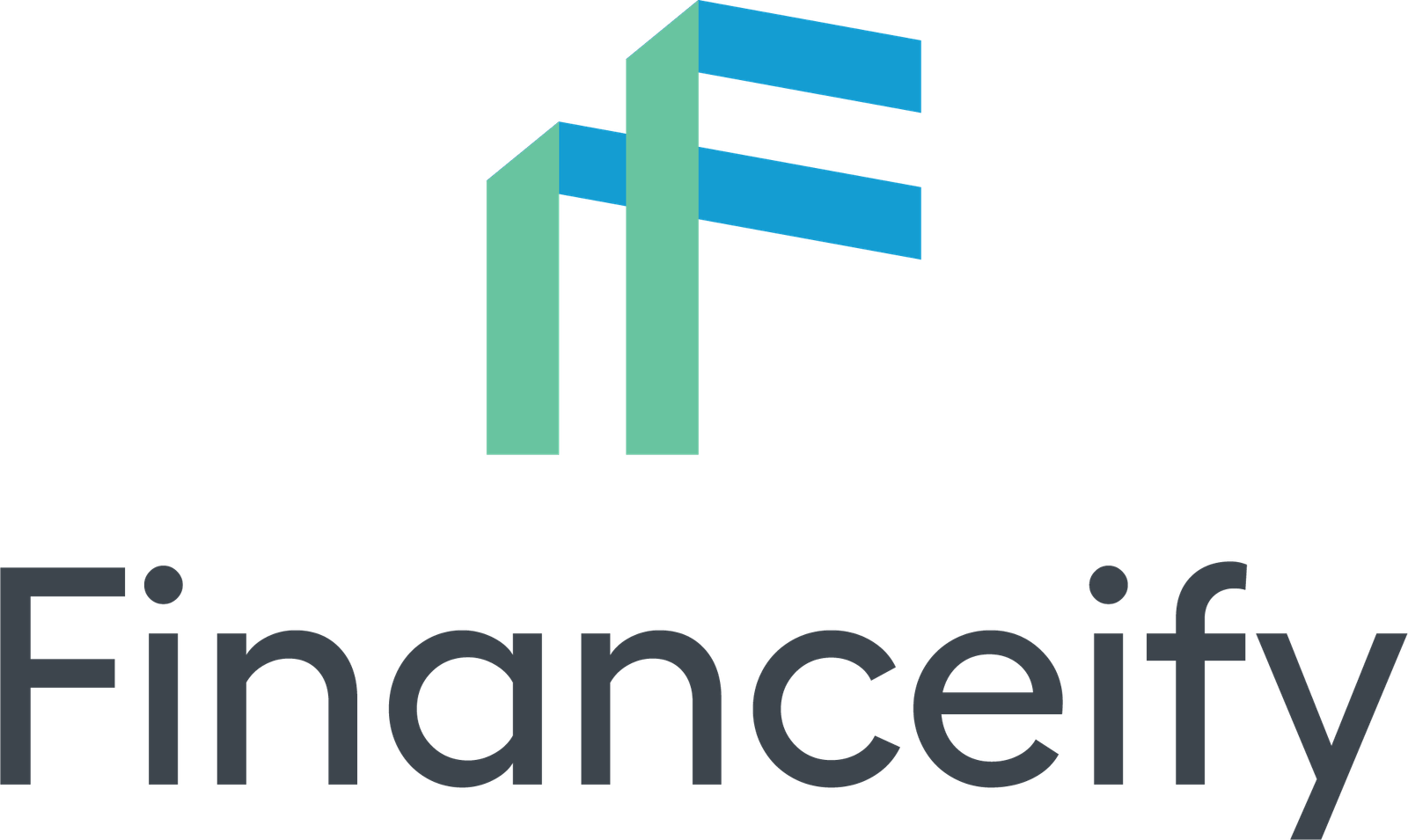This has been years in the making, but a new point-of-sale disclosure agreement has finally been drawn up for mutual funds and segregated funds.
The Joint Forum of Financial Market Regulators, a group of representatives from the CSA, CAPSA and CCIR, on Friday published proposed Framework 81-406, which includes a new two-page summary of “fund facts” to be provided to investors at the point of sale meeting.
The summary gives investors an outline of the soon-to-be-purchased fund in fifth-grade English and includes details such as what the fund invests in, how it performs, its risk level and its creation date.
“Conceptually, it’s a very good idea,” says Susan Allemang, who handles regulatory affairs at Independent Financial Brokers of Canada. “Currently available materials are too cumbersome for consumers and advisors to try to explain.”
That’s why the Joint Forum has decided to supplement the endless amount of documents with two easy-to-understand pages. Neil Mohindra, acting policy manager for the Joint Forum project, says the fund data has been created to provide “basic and simple information that investors will find useful in making an informed decision.” It emphasizes that the new document does not replace what was already in force. Investors can still request existing prospectuses, which they should read. However, if investors are unable to cope, a two-page report will summarize the situation.
One of the main changes to the existing system is that advisers will have to provide their clients with fund information at the time of sale, rather than after the fund has been purchased. “(Earlier) information about mutual funds appeared after the sale was completed,” says Mohindra. “The prospectus document will be provided at some point later, rather than when the actual decision is made.”
In a 216-page Joint Forum document, the organization says investors wanted facts about the fund to help them make a purchasing decision. If the proposed framework becomes mandatory, dealers and insurers will have to provide a two-page document before or at the point of sale for first purchases, some subsequent purchases and some trade-ins.
Allemang believes that providing fund information at the point of sale can actually slow down the process. “This can make it difficult for advisors to have the document on hand,” he says.
For example, Allemang says, a client and advisor may be discussing KYC documents or other unrelated issues when the conversation turns to mutual funds. “If a customer decides they want to buy something and you don’t have the fund details with you, there will be a delay in getting the document.” And if it’s a home game, the wait may be even longer. “This can be frustrating for both the client and the advisor. This may have an impact on the decisions the customer makes at a given moment,” he says.
Mohindra admits that this rule is not perfect. “There may be some special situations where complications may arise,” he says.
An area that should not be confusing for investors is what the document calls the “right of withdrawal.” Investors in both mutual funds and segregated funds will have two business days to withdraw from their purchase. If they choose to exercise this right, dealers will have to refund “the lower of the amount of the original investment and the value of the fund on the date the right of withdrawal is exercised.”
The document further states: “If the fund manager has received payment from a dealer or units of the fund have been issued, the fund manager will have to refund the dealer the money received or the value of the units issued. ”
Allemang supports this part of the proposal. “I think it’s important for consumers to have a short period of time to re-evaluate and not expose themselves to any financial risk,” he says.
Although fund facts appear to be favorable to the investor, they only work if the client wants to have an individual fund. In the case of a fund family, this simplified document does not apply.
Allemang considers this a mistake. “Consumers often benefit from investing in a product that offers a range of funds,” he says. “I think the knowledge that comes with investing in a fund family can be valuable to the consumer.”
Once this proposal comes into force, fund managers will be required to submit information about the fund – together with information contained in regular prospectuses – to their securities regulator on an annual basis. With respect to segregated funds, insurers will also be required to submit fund information annually in conjunction with other documents.
For now, the Joint Forum needs people’s comments on 81-406, which the group is accepting until October 15, 2007.
Posted by Bryan Borzykowski, Advisor.ca, bryan.borzykowski@advisor.rogers.com
(15/06/07)


